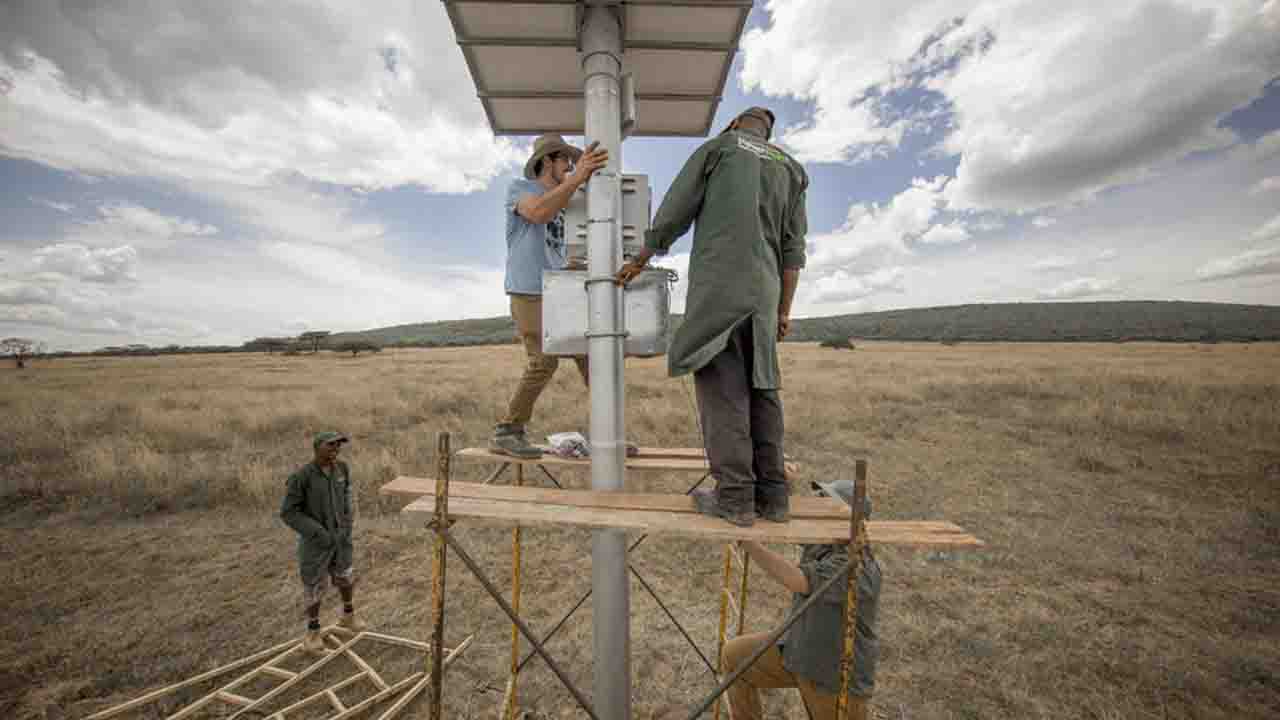Kenya, known for its remarkable wildlife and rich biodiversity, has been at the forefront of conservation efforts. In recent years, the country has embraced technological advancements to tackle the challenges of conservation more effectively. This article explores some of the innovative conservation technologies being utilized in Kenya, showcasing how they are making a significant impact on wildlife protection, habitat preservation, anti-poaching efforts, and community engagement.
Wildlife Tracking and Monitoring:
One of the key areas where technology has revolutionized conservation in Kenya is wildlife tracking and monitoring. GPS collars and tags are now commonly used to track and gather crucial data on animal movements, behavior patterns, and migration routes. This information helps conservationists and researchers understand wildlife dynamics, identify critical habitats, and develop appropriate conservation strategies. Advanced tracking systems enable real-time monitoring, facilitating timely interventions to prevent conflicts and protect endangered species.
Drone Technology:
Drones have emerged as powerful tools in conservation efforts. In Kenya, they are used for a variety of purposes, including aerial surveys, anti-poaching patrols, and wildlife monitoring. Equipped with high-resolution cameras and thermal imaging capabilities, drones can cover large areas quickly and capture detailed images and videos. They aid in detecting illegal activities such as poaching, habitat destruction, and encroachment. By providing a bird’s-eye view, drones offer invaluable data for conservation planning and resource allocation.
SMART (Spatial Monitoring and Reporting Tool) Technology:
SMART technology is a comprehensive software application used for monitoring and managing protected areas. It integrates various data sources, including wildlife sightings, patrolling information, and law enforcement activities, to create a unified system for decision-making. SMART enables real-time tracking of anti-poaching patrols, assessment of threats, and evaluation of conservation interventions. By improving coordination and data-driven decision-making, SMART technology enhances the effectiveness of conservation efforts in Kenya.
Mobile Applications and Citizen Science:
Mobile applications have become essential tools for engaging and involving communities in conservation initiatives. Several apps in Kenya allow citizens to report wildlife sightings, poaching incidents, and habitat degradation. These reports contribute to a collective database, enabling conservationists to identify hotspots, plan interventions, and raise awareness. Citizen science projects, facilitated by mobile apps, encourage local communities to actively participate in conservation, fostering a sense of ownership and responsibility.
Wildlife Forensics:
Kenya has also embraced advanced forensic technologies to combat wildlife crime. DNA analysis, forensic testing, and fingerprinting techniques are used to trace the origin of seized wildlife products, identify poaching hotspots, and gather evidence for prosecution. By strengthening law enforcement capabilities and establishing forensic laboratories, Kenya aims to deter wildlife trafficking and dismantle criminal networks involved in illegal wildlife trade.
Community-Based Monitoring and Early Warning Systems:
Technology has empowered local communities to actively participate in conservation through community-based monitoring and early warning systems. For instance, camera traps and acoustic sensors are deployed in collaboration with communities to detect and deter poaching activities. Additionally, mobile-based early warning systems alert communities about potential human-wildlife conflicts, allowing for preventive measures and timely response.
Kenya’s conservation efforts have greatly benefited from innovative technologies, offering new approaches to address complex challenges. The adoption of wildlife tracking and monitoring systems, drone technology, SMART tools, mobile applications, wildlife forensics, and community-based monitoring systems has enhanced conservation effectiveness, improved data-driven decision-making, and empowered local communities. These advancements showcase Kenya’s commitment to safeguarding its natural heritage and serve as a model for other regions facing similar conservation issues. By embracing conservation technology, Kenya is forging a path towards a more sustainable and harmonious coexistence between humans and wildlife.








